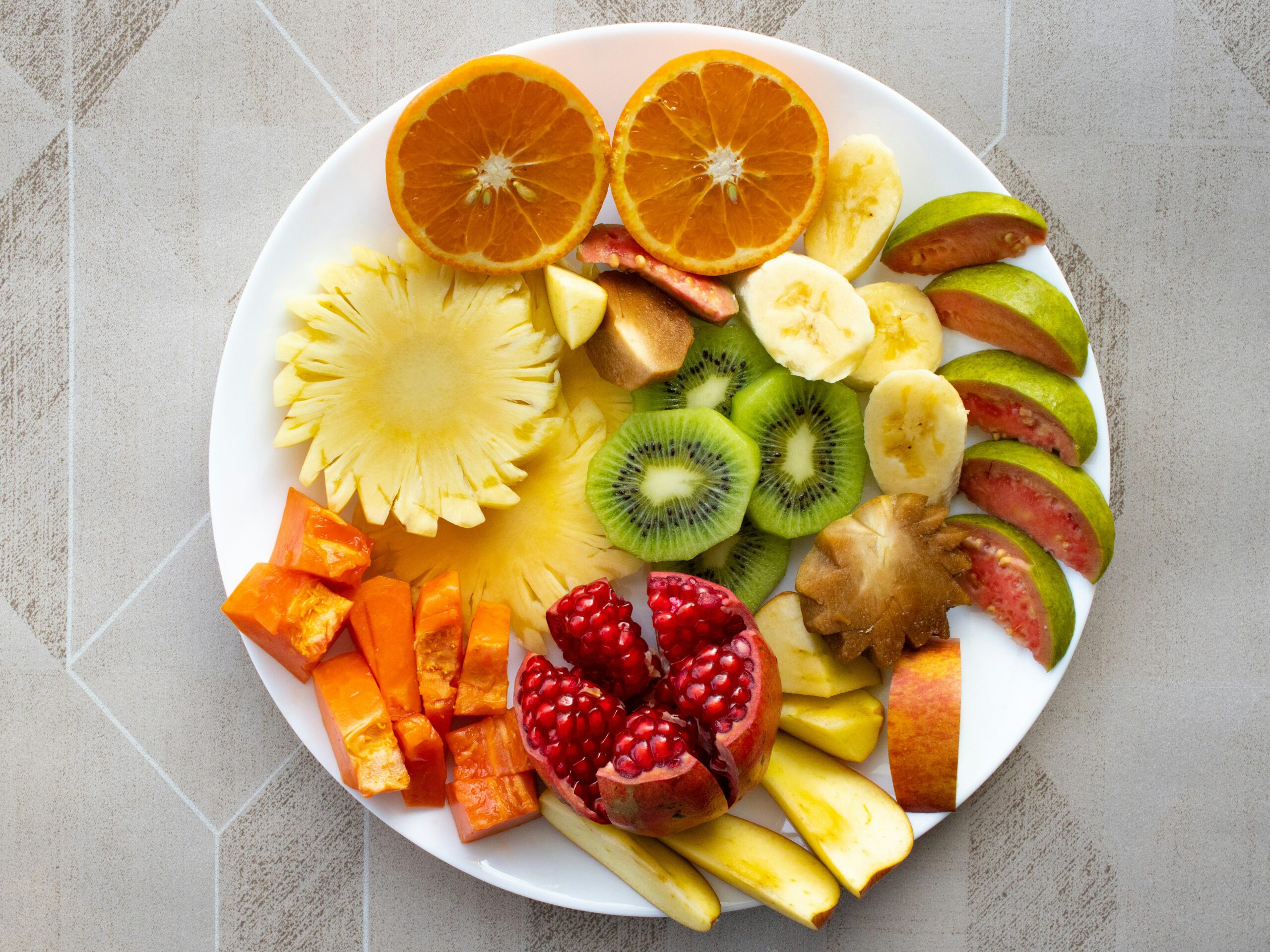Chronic inflammation is behind so many of the symptoms women deal with every day — from fatigue, bloating, and brain fog to joint pain, acne, and autoimmune flares. But here’s the good news:
🌿 You can reduce inflammation naturally — starting with your plate.
An anti-inflammatory diet isn’t a trend. It’s a proven, science-backed approach to help your body heal, reset, and feel balanced again.
Whether you’re managing PCOS, SIBO, thyroid imbalances, or simply want more energy and clarity — You’ll learn exactly how to eat to reduce inflammation in the body — with the right foods, daily habits, and holistic nutrition tips that support healing from within.
What Is Inflammation, and Why Does It Matter?
Inflammation is your body’s natural response to stress, injury, or infection. It’s part of your immune defense.
But when inflammation becomes chronic, it silently damages cells and tissues over time — contributing to:
-
Autoimmune diseases
-
PCOS and endometriosis
-
Leaky gut and IBS
-
Brain fog and mood swings
-
Skin issues like eczema or acne
-
Fatigue and hormone imbalances
👉 Diet is one of the most powerful tools to either fuel inflammation — or fight it.
Anti-Inflammatory Foods: What to Eat Daily
These are your healing staples — foods that nourish your cells, calm inflammation, and support your immune system and hormones:
✅ Colorful Vegetables (esp. dark leafy greens)
-
Spinach, kale, arugula, broccoli, bok choy
-
Rich in antioxidants like quercetin, lutein, and sulforaphane
Why: These phytonutrients fight oxidative stress and protect the gut lining.
✅ Berries
-
Blueberries, raspberries, strawberries, blackberries
-
Packed with anthocyanins (potent anti-inflammatory antioxidants)
Why: They protect against cognitive decline and help modulate immune response.
✅ Wild Fatty Fish
-
Salmon, sardines, mackerel, anchovies
-
High in omega-3s (EPA/DHA)
Why: Omega-3s reduce inflammatory markers and support brain + joint health.
✅ Healthy Fats
-
Extra virgin olive oil, avocado, nuts, seeds
-
Cold-pressed and unrefined
Why: These fats lower CRP (C-reactive protein) and help regulate hormones.
✅ Herbs & Spices
-
Turmeric (with black pepper), ginger, cinnamon, rosemary, garlic
Why: Curcumin in turmeric and gingerols in ginger reduce inflammation at the cellular level.
✅ Fermented Foods (if tolerated)
-
Sauerkraut, kimchi, coconut yogurt, miso, kefir (dairy-free if needed)
Why: They support the gut microbiome, which controls immune and inflammatory responses.
❌ Inflammatory Foods to Avoid or Limit
If you’re trying to reduce inflammation, avoid these common triggers:
-
Refined seed oils (canola, soybean, corn)
-
Added sugars and sugary drinks
-
Ultra-processed snacks and packaged foods
-
Refined flours and industrial gluten products
-
Alcohol
-
Artificial additives, colorings, and preservatives
👉 Note: For many women with gut or autoimmune issues, dairy and gluten may also contribute to inflammation and should be evaluated individually.
Holistic Benefits of Eating Anti-Inflammatory
When you consistently eat to reduce inflammation, here’s what can happen:
-
✅ More stable energy levels
-
✅ Clearer skin
-
✅ Reduced bloating and GI symptoms
-
✅ Improved mood and focus
-
✅ Hormone balance
-
✅ Less joint pain and stiffness
-
✅ Better blood sugar control
-
✅ Stronger immunity
-
✅ Slower aging and improved longevity
This isn’t about restriction — it’s about fueling your body to heal and thrive.
Tips to Make It Easy (and Delicious)
-
Start your day with warm lemon water + ginger or matcha
-
Build every meal with: protein + healthy fat + fiber + color
-
Eat slowly, chew mindfully, and avoid eating on-the-go
-
Eat the rainbow: 5+ colors per day
-
Prep anti-inflammatory basics on Sunday (roasted veggies, chia pudding, quinoa, turmeric chicken, etc.)
-
Track how you feel — food journaling helps you notice patterns
Real Talk: Healing Takes Time — But You’ll Feel the Shift
If you’ve been living with low-grade inflammation for years, shifting your diet can feel overwhelming at first.
But day by day, your body responds. Bloating eases. Energy rises. Brain fog lifts.
Your body wants to heal — and food can be your medicine.
You don’t need to be perfect. Just consistent.
Start small. Add in the good. Replace the rest, one step at a time.
**This article is for educational purposes only and does not replace personalized medical advice. Always consult a healthcare provider or registered nutrition professional for support with chronic symptoms or dietary changes.
References:
-
Calder PC. Omega-3 fatty acids and inflammatory processes. Nutrients, 2010.
-
Dr William Li Eat to Beat Disease book
- The Wahls Protocol book by Terry Wahls, M.D.
